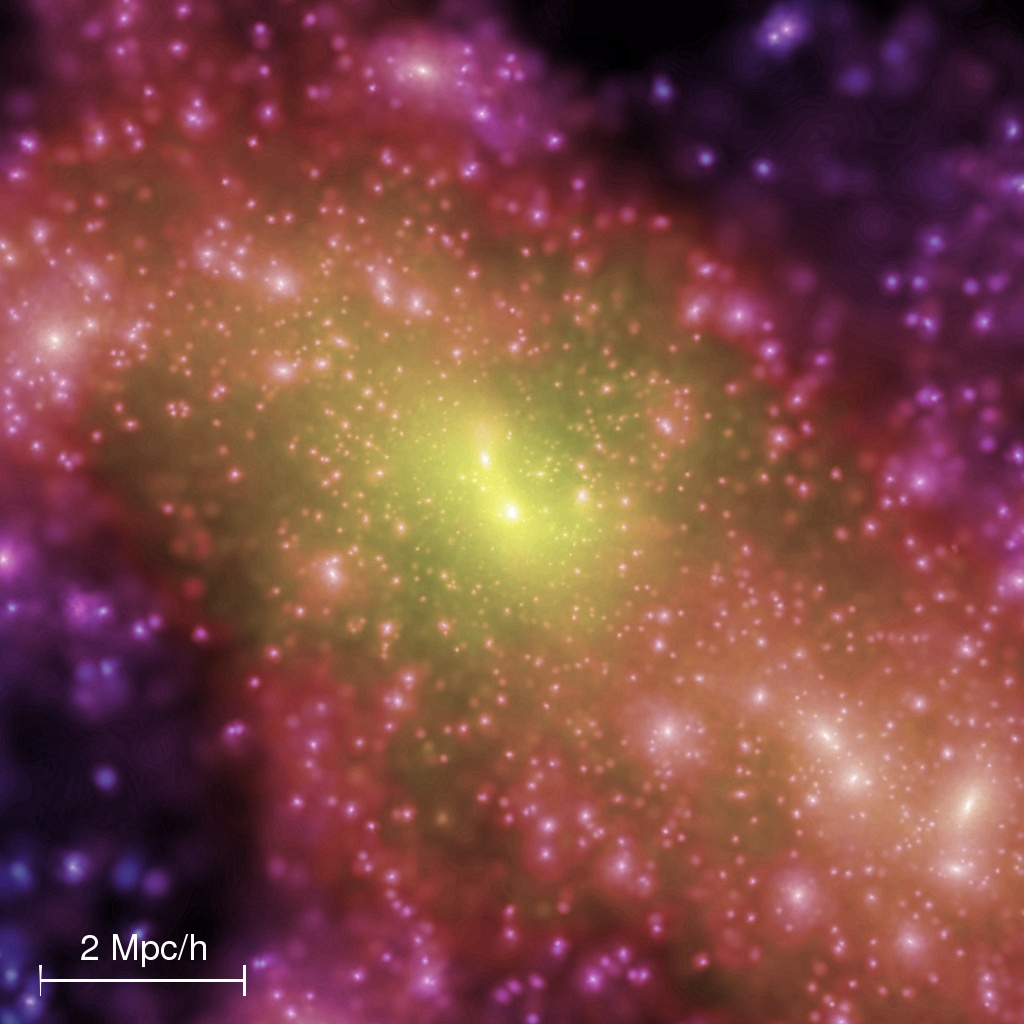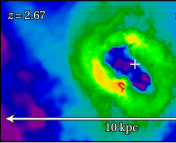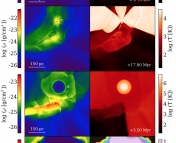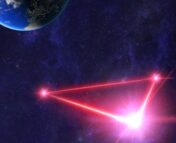Title: Constraining the properties of Population III galaxies with multi-wavelength observations
Authors: S. Pochinda, T. Gessey-Jones, H. T. J. Bevins, A. Fialkov, S. Heimersheim, I. Abril-Cabezas, E. de Lera Acedo, S. Singh, S. Sikder, R. Barkana
First Author’s Institution: Astrophysics Group, Cavendish Laboratory and Kavli Institute for Cosmology, Cambridge, UK
Status: Submitted to MNRAS [closed access]
A very, very, long time ago, the first stars were born. Coming into existence around 30 million years after the beginning of the Universe, these “Population III” stars were some of the first sources of light since the Big Bang, and the epoch in which they began to exist is therefore called Cosmic Dawn. Although recent observations by telescopes like JWST have detected early stars and galaxies at ever-increasing distances, a direct observation of a Population III star at Cosmic Dawn is expected to be nearly impossible. These stars are simply too far away to be seen – their light is faint, and obscured by the neutral hydrogen gas and dust that we expect pervades the early Universe.
Even if we can’t see the stars themselves, though, we might still be able to detect the effect they have on their environment. That’s what today’s authors set out to do, by simulating the dust and gas that exists between these early stars and galaxies and combining those simulations with observational data.
The first stellar nurseries
The very early Universe contained almost exclusively neutral hydrogen and helium. These two elements, the lightest in the periodic table, existed throughout spacetime in vast clouds of gas which were pulled into themselves by their own gravity. The densest regions collapsed down to form Population III stars and galaxies, while the remaining gas formed the early intergalactic medium (IGM): clouds of gas and dust that exist in the mostly-empty regions between galaxies.
Population III stars are theorized to be much more massive than modern stars due to their composition, and probably had relatively short lives. When they died, the IGM was enriched with heavier elements like carbon and iron created in stellar interiors and supernovae, and the resulting material formed the second generation of stars, Population II. All this star formation and metal enrichment will have an effect on the density of neutral hydrogen in the region, which can be mapped using a spectral line created at 21 cm by neutral hydrogen. So by measuring the 21-cm line strength, we can study star formation in the early Universe!
Finding first light
To study how different astrophysical parameters affect the formation efficiencies of Population III stars as well as their direct descendants, called Population II, the authors of today’s paper vary them along with other astrophysical parameters to simulate the 21 cm signal. These simulations can then be compared to observational data. A direct measurement of the early IGM at these high redshifts is difficult to achieve using current technology, but we can still constrain it using existing data. For this study, the authors compare their simulations to the 21-cm power spectrum measured by HERA, the global 21-cm signal from SARAS 3, the cosmic X-ray background, and the excess radio background signal.
The results of this comparison can be seen in Figure 1, where the constraints derived from these four datasets, both individually and jointly, are plotted.

The strongest constraints come, unsurprisingly, from the combination of all four datasets. The authors find that probably under 5.5% of the IGM was used to form Population III stars, and under 3.3% went into making Population II. This is consistent with theoretical predictions of low star formation efficiencies for Population II and III.
Even though we can’t yet observe stars in the early Universe directly, we can still put upper limits on the quantities we’re interested in. Simulations and constraints like the ones performed by today’s authors are valuable tools for setting our expectations, allowing us to narrow down the possible range of values so that when we can make an actual measurement, we don’t waste our time looking in the wrong place. More data is always better!
Astrobite edited by Lina Kimmig
Featured image credit: NASA & ESA




